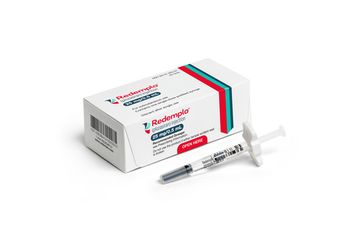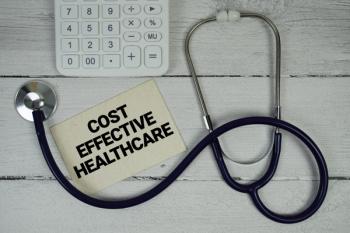
PrEP access increased during Medicaid expansion, but disparities remain, study shows
Key Takeaways
- Medicaid expansion could improve PrEP access for low-income individuals at risk of HIV, but disparities persist among racial groups and genders.
- PrEP access is higher among White populations compared to Black, Latino, and Hispanic populations, with men more likely to receive prescriptions than women.
Medicaid expansion increased overall PrEP access in the U.S., but significant racial, gender and structural disparities persist, limiting equitable HIV prevention despite rising national uptake.
Medicaid expansion may be an effective policy tool to increase preexposure prophylaxis (PrEP) access for low-income individuals who are at risk of acquiring HIV, according to a
The study was conducted by a team of researchers led by Elizabeth Stone, Ph.D., MSPH, from the Rutgers Center for Health Services Research at the
Results showed that PrEP access gains were greater for White populations compared with Black, Latino and Hispanic populations. Specifically, in 2022, 94% of White Americans who could benefit from PrEP received it, compared with 24% of Hispanics and Latinos and 13% of Black Americans. In 2022, men were also more likely than women to receive a PrEP prescription, at 41% versus 15%, respectively.
Although PrEP prescriptions increased overall during this time, the most benefit was seen in populations at risk for HIV, expressed as the PrEP-to-need ratio, in which there were approximately 4 PrEP prescriptions per new HIV diagnosis. Data for this was obtained from the Centers for Disease Control and Prevention.
PrEP use is on the rise in the United States, increasing from 23% in 2019 to 36% in 2023. This increase is partly due to more awareness of the drug, plus the US Preventive Services
Task Force “Grade A” designation, which requires most insurance plans to cover PrEP without a copay.
There are approximately 1.2 million Americans that would benefit from a PrEP prescription; however, it's estimated that only
“These disparities highlight the limitations of relying solely on state-by-state insurance expansion to close gaps in HIV prevention,” Stone said in a
She went on to explain that HIV prevention is under threat due to legislation within The One Big Beautiful Bill Act, which will lead to 7.5 million individuals losing their Medicaid coverage over the next decade, according to a Congressional Budget Office
Medicaid provides health coverage for disabled and low-income populations, and the ACA expansion gives states the option to extend coverage to adults with up to 138% of the federal poverty line. Currently, 40 states, including the District of Columbia, have expanded their coverage through the ACA.
“Medicaid expansion is a powerful tool for improving HIV prevention,” Stone continued. “But the disparities we observed underscore the need to intentionally address barriers that may be limiting access to PrEP for Black and Hispanic communities specifically.”
Newsletter
Get the latest industry news, event updates, and more from Managed healthcare Executive.

















































